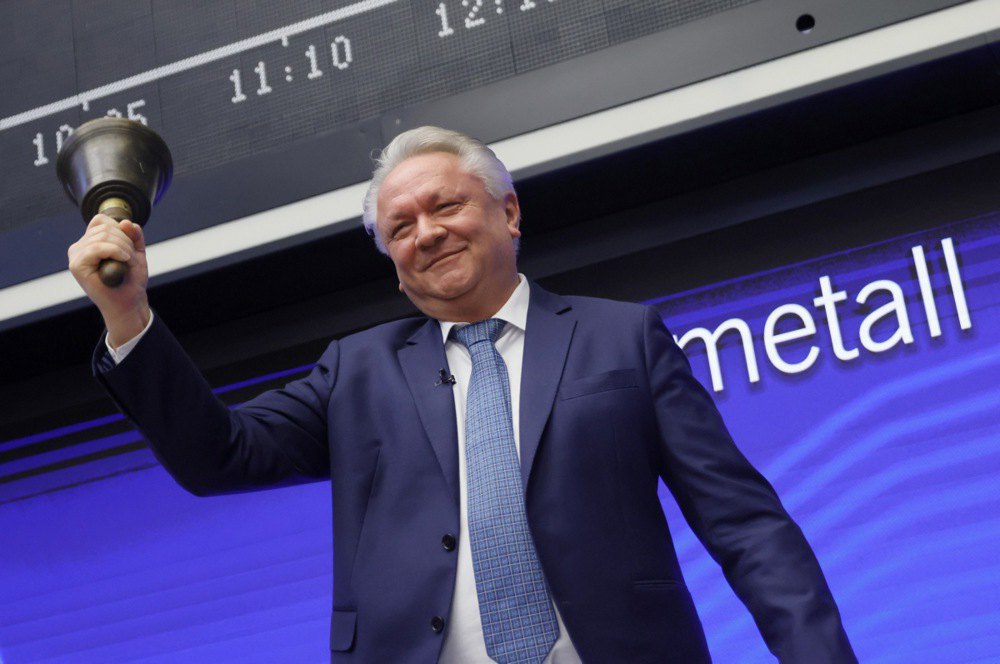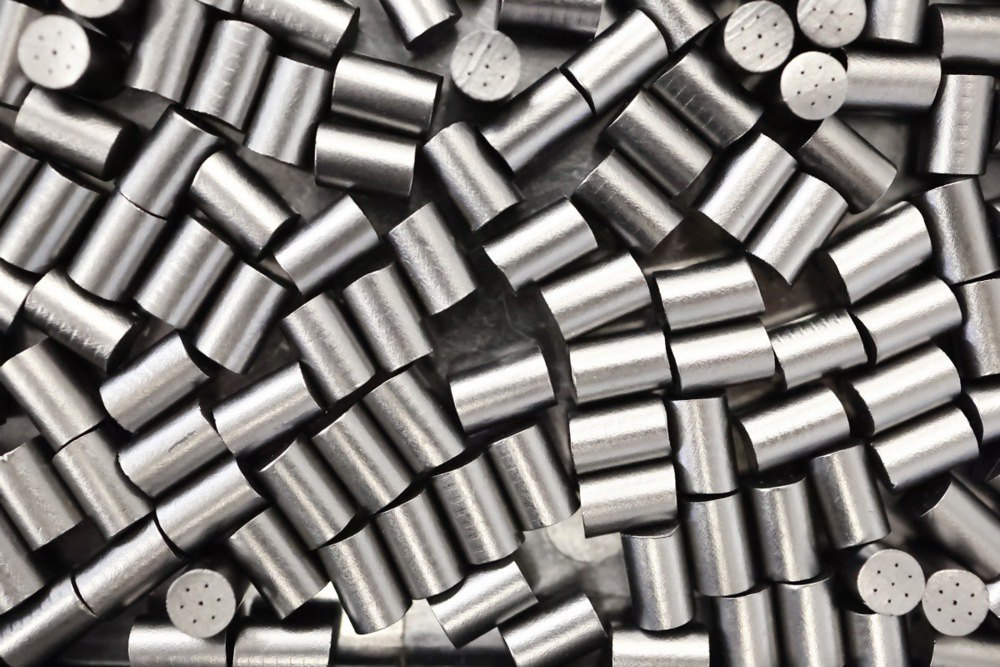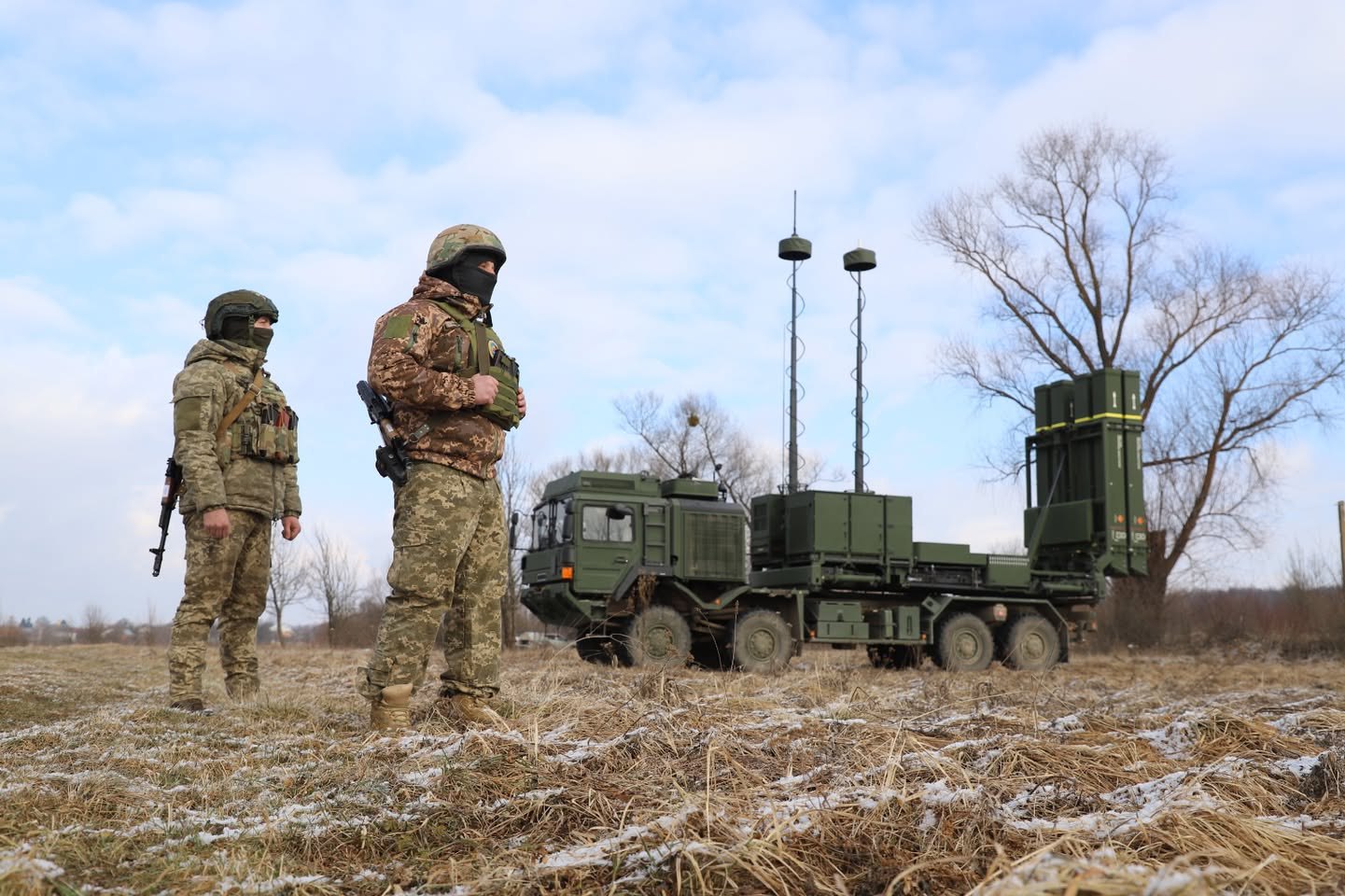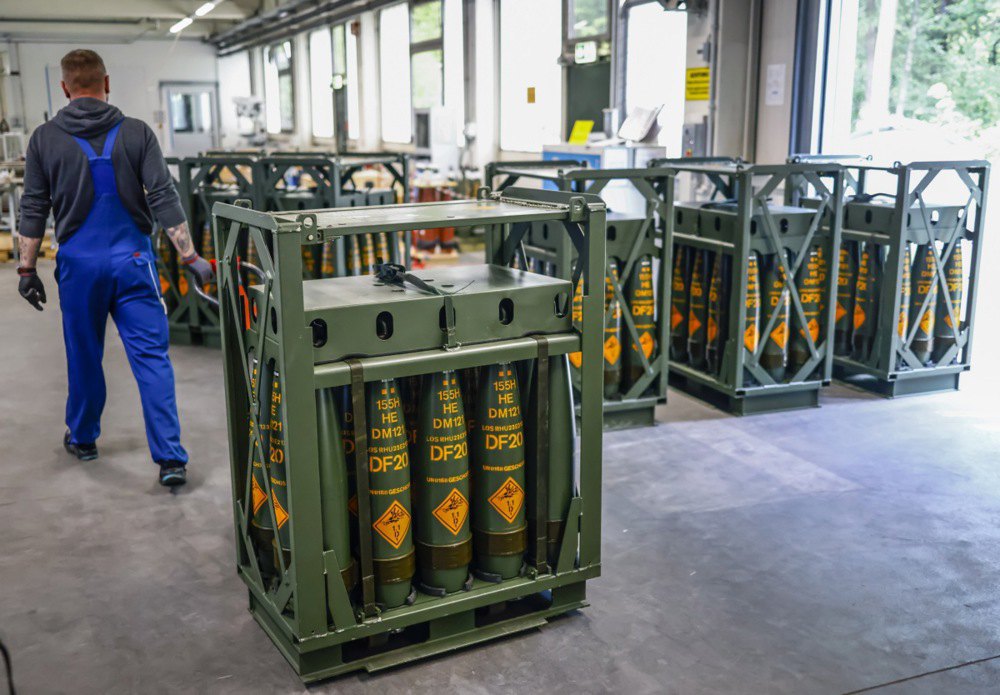
Rheinmetall is a leader in the European defence market. Since the start of Russia’s war against Ukraine, the company’s shares have risen 18-fold.
The company’s investment volume has not been disclosed, but the plant in Unterlüß (Saxony), which produces 350,000 shells (and employs 500 people), cost Rheinmetall €650 million.
This is a significant figure: 350,000 heavy munitions currently ranks second in the EU.
This includes not only factories in Britain, the acquisition of the Spanish company Expal Systems for €1.3 billion and new workshops in Saxony, but also capital investments in Ukraine.
Of course, Europeans are not just stalling to buy time while their companies build new factories in Spain and Germany capable of producing 300,000 shells per year. They are also preparing to strengthen Ukraine, because we occupy an important place in the architecture of European security.
There is a view that Europeans have already resigned themselves to our future defeat and are throwing us Leo-1s from their warehouses to jump on the last train.
But no – we are still in the game.
A fairly safe location has been found. For example, the Nammo Lapua Oy factory in Finland consists of two workshops, each measuring 7,500 square metres, and produces at most 100,000 shells.

A capacity of 300,000 is equivalent to several shopping centres, essentially a small town. However, it requires both gunpowder and hexogen within a range of 2,000 tonnes, which is a complex and large-scale undertaking.
However, we have catacombs in Odesa, dozens of closed mines in the west of the country, the infrastructure of three military districts, tunnels, shelters, and metro systems in several cities, where it is possible to quietly build an underground factory during the war that cannot be destroyed by a nuclear strike – it is possible to find a reliable location.
Moreover, covering such an object with a battery of Patriots and Irisks is exactly what the doctor ordered.
This is a positive sign. Despite our bureaucracy and the sluggish licensing system in the military-industrial complex, construction is underway.
We are viewed as a partner capable of producing chemicals, hardening shells, casting iron, producing hexogen and mobilisation explosives – a valuable asset.

How should we view a country capable of holding back Moscow for 10 years? Only a few states in Europe are capable of such a feat.
The plan is obvious. To fence ourselves off from Russia with minefields (the Finns followed us in withdrawing from the anti-personnel mine convention); a large number of third-generation portable anti-tank weapons; cheap wheeled self-propelled guns with good barrels and fire control systems that shoot farther and more accurately; with a technological advantage in the air (4,000 aircraft) and at sea (the combined fleet of EU countries has a significant advantage in terms of flags and technology) – a good recipe for suffocation in a blockade.
Therefore, under Putin’s regime, like a bear on a scooter rolling down a hill, there is only one way forward – while they still have an experienced core of pilots, they are trying to turn the tables, create a threat to Poland and the Baltic states, and test Article 5, saying: “What is the world for if Russia is not in it?”
In such conditions, we become a more valuable asset – we have experience in fighting an enemy of this scale, putting out of action three dozen long-range aircraft, a third of the Black Sea Fleet and, in essence, depriving them of tanks – all the vehicles accumulated before the invasion were physically destroyed.
It is precisely because of the third dimension and the fight against a motivated and resourceful enemy that makes extensive use of drones.
Once again, the “new gunpowder” – drones, various unmanned systems on the ground and in the air – have their niche. They are effective, they are a good palliative, beyond-the-horizon anti-tank missile systems, night bombers, “eyes.” But you cannot scale this up and hope that companies and battalions of UAVs will be able to break the defences of professional armies that have 4,000 combat aircraft, with a density of 1 to 1 per brigade and hundreds of thousands of shells in the deep rear, where the Russian Armed Forces’ Air Force cannot reach.

Can you imagine, for example, small groups of T-62 tanks attacking several Polish divisions armed with Javelins and Spikes, with hundreds of guided half-ton bombs fired from behind every day and 40–50,000 shells from self-propelled guns that shoot further and more accurately?
This is not going to be a walk in the park, no matter how much Russian propagandists puff themselves up – it will be a bloody meat grinder, another Passchendaele.
What would a Russian march from Selydove to Pokrovsk look like somewhere near Suwałki? On quad bikes and donkeys, supported by fibre optics and Maviks, with Hammers and Scalps regularly flying in on their pilots?
And how long would it take them to cover those 48 km? And would they have made it?
Therefore, plans to increase the production of NATO and EU standard calibre ammunition in Ukraine are a good sign. Despite, I repeat, the problems with deadlines and bureaucracy.
The industrialisation and production of heavy ammunition, which will allow us to maintain parity with Moscow, is one of the important tasks facing us.








